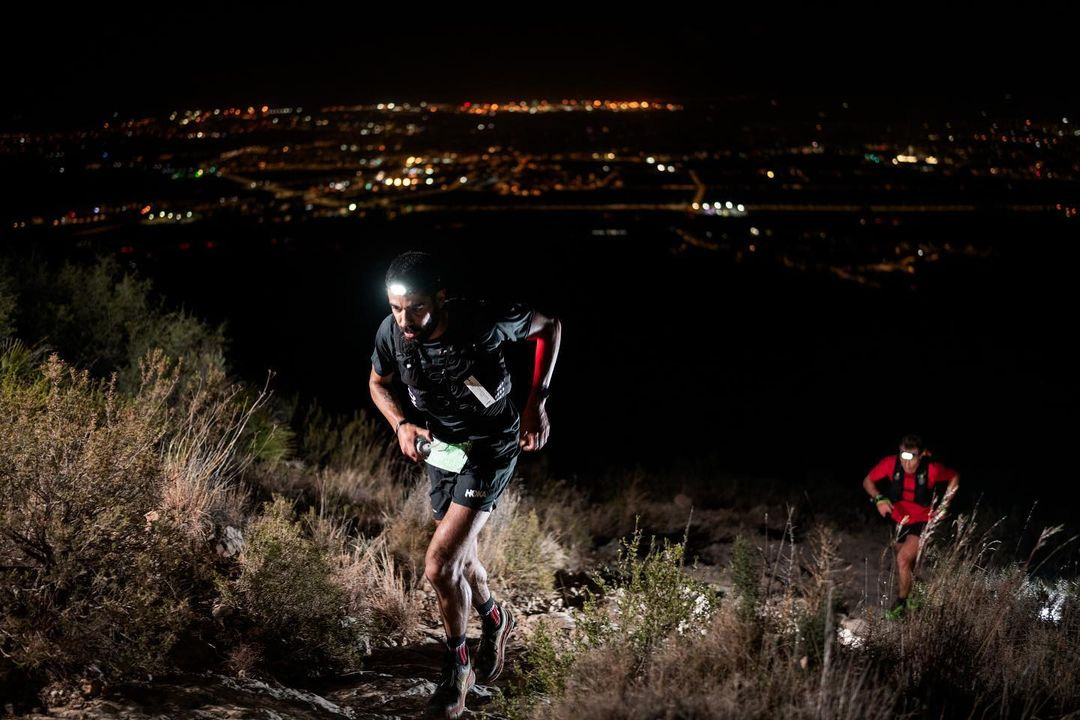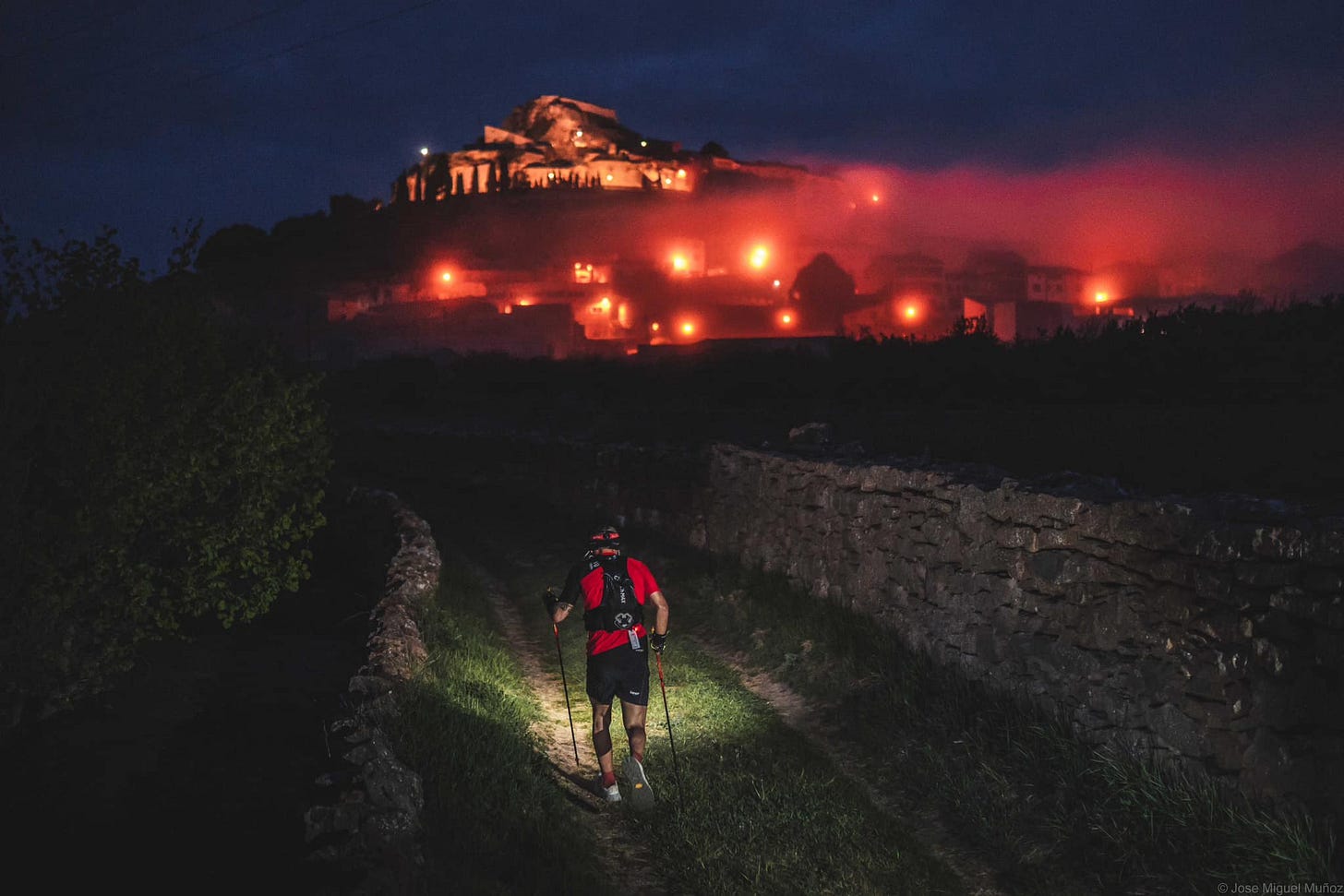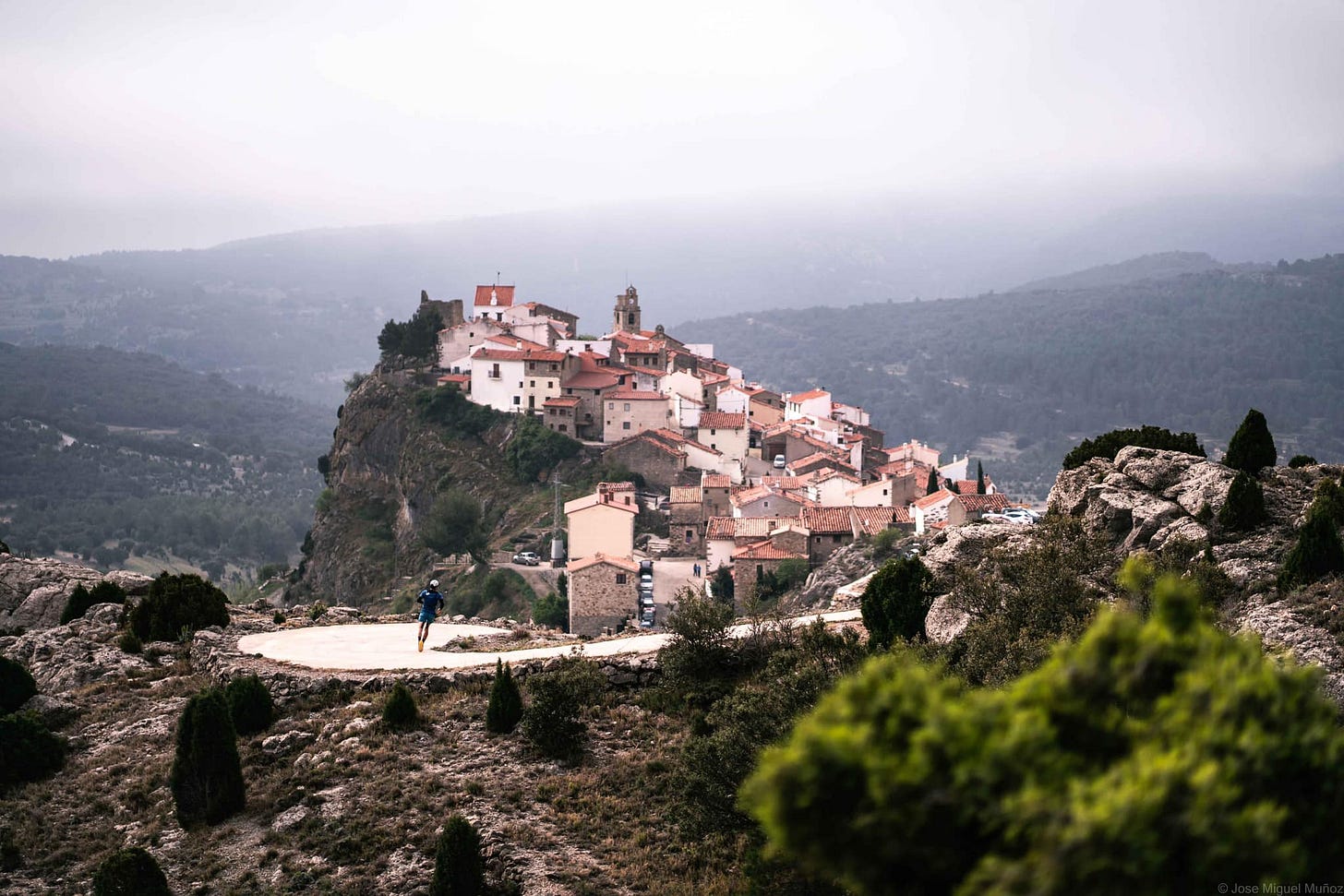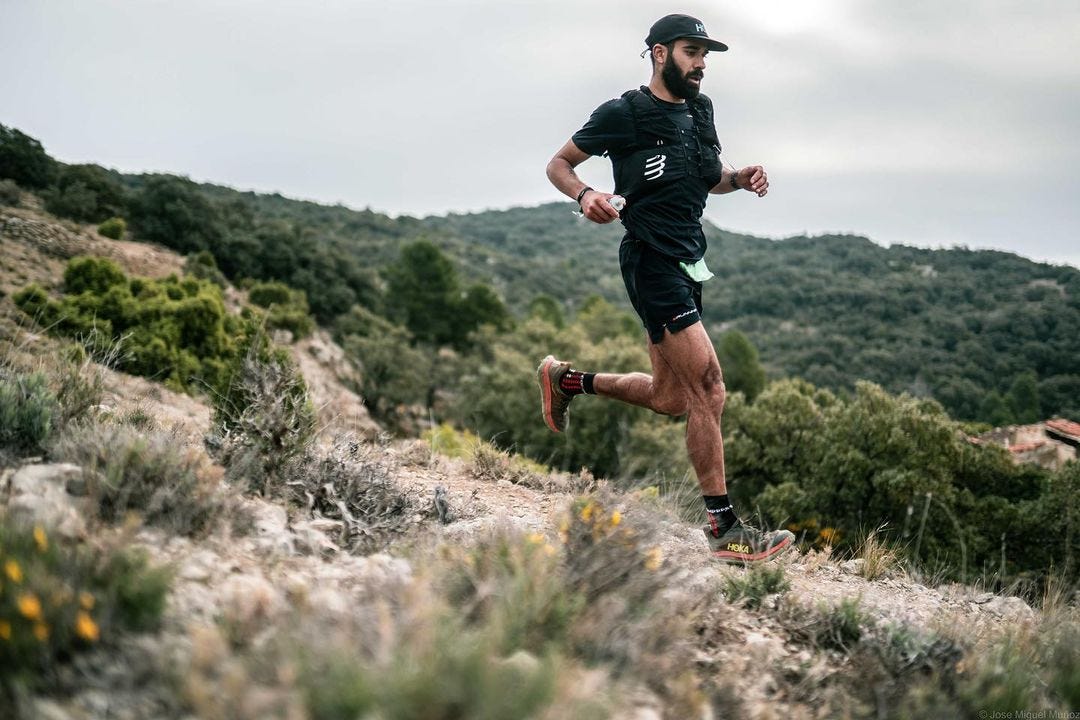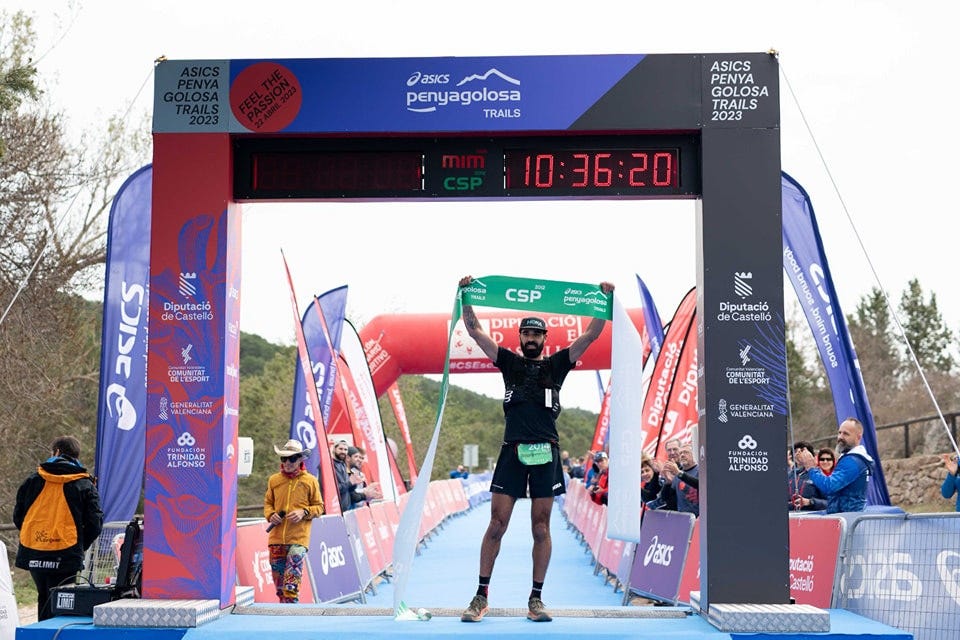Race Recap
Penyagolosa Trails 106km
Prelude
Driving is hell on the legs. We arrived in Castellón Thursday evening after a 7.5 hour ride. The baby had had enough confinement and we were behaving similarly.
The following morning I got up early and jogged along the beach to shake out the stiffness. I stopped to drink a coffee and stretch. With the ocean air, caffeine, and some footing I was feeling better.
Late morning we drove to the city center to collect my race number and meet Adria, the volunteer who would crew me. I gave him supplies and instruction and hoped for the best. He proved infallible.
In the afternoon we loafed in the sand. Race dinner was spaghetti with tomato sauce, parmesan and leaves of iberco ham. I ate like Confucius and went to to bed at 8pm with an alarm set for 11.
Didn’t get much sleep, maybe 45’, but was in a good head space. I suited up, drank a coffee, and drove to the start line.
First Stage (Km 0 → 42)
We set off from the university track and after a short section of road climbed a ridge and followed the undulated single track along its rocky spine to the first aid station.
Only one runner stayed with me as I breezed through the section and that was Yannick Noel, a strong Frenchman from the Alps, who placed 6th at last year’s Diagonale des Fous.
The ambiance in Borriol was amazing. The narrow streets were lined with spectators. I took my bottles and gels from Adria and was soon climbing the steep paths out the well-lit village with Yannick.
Once we topped the climb the route was very smooth and we had a chance to chat (en français). We talked Grand Raid, family, objectives and it was good to carry a good rhythm together.
Often these night-time clusters are construed as a battle between runners but that is rarely the case. More that a duo or group of runners have found a suitable pace and are using the energy and cumulative headlamp lumens to make the task of passing the night so much easier.
Cognitively, night running is its own beast. There are some advantages to the landscape being obscured by darkness. It gives you the chance to be present, un-anticipating. But in the shadows lurk dark thoughts and a type of fatigue and biological confusion unique to sleepless nights.
Yannick and I were chipping 1-2 minutes off the course record at each split. The pace felt quick but manageable. We ran all the climbs with the exception of a couple steep meters here and there. We cruised the descents and I pushed the pace anytime we hit flat or rolling terrain. Race your strengths, they say.
We crossed the marathon split at Atzeneta in 3:46, 5 minutes under course record.
Second Stage (Km 42 →62)
The theme of the second stage was longer, continuous ascent and descent. It featured a 500m climb, 400m steep descent, and a long 800m ascent to the village of Culla.
We dispatched the first climb well, resorting to hiking only when the terrain was too steep and technical. The second climb starts on a forest road and switchbacks up the mountain. It felt like a hard uphill treadmill session.
We ran the whole thing and accelerated onto the smooth single track which continued climbing to the important Culla aid station, where we found ourselves 10 minutes ahead of record pace.
Stage 3 (Km 62 → 90)
From the village the route plunges 750m in altitude before climbing 1000m to Vistabella. It was still dark and I took the descent easy. Yannick lagged behind but caught me at the canyon bottom. The legs felt a little heavy and my attitude was generally fatigued, but I knew the sun would soon re-ignite my spirits.
Behind I heard Yannick’s trekking poles and assumed he was now hiking. I stayed on my toes and ran the majority of the climb. We exchanged a quick “Ca va? — Ca va,” at the next aid station (km 73) and came unglued.
I gulped a gel and forced myself to run the rolling flats and gentle uphill with some intensity. I rolled through Vistabella before Yannick arrived and launched into the difficult stretch to Xodos very determined to finish the race strong.
Some hamstring cramps started on the treacherous descent, so I eased off the pace slightly, focusing on breathing, consuming calories, and assuring my legs that they were alright.
The cramps dissipated and I managed to run the many steep climbs, coming into Xodos with a head full of steam.
(aside: What I’m talking about when I’m talking about pain)
Pain is public in the mind. An antagonist there to deter you. Do not be fooled. Once you realize the absurdity of pain, the infantile over-reaction that is pain, you are free to overcome it. Local or widespread, anonymous or named, do not avoid the sensation. Do not take orders from discomfort. Rally. Get in the zone.
Stage 4 (Km 90 → 106)
At this point gravity felt cranked up a couple notches. I suffered intense nausea but kept the mind in the moment, refusing to hike, running the climbs, chanting to myself, “Stay here. Work hard. You got this.”
The last climb was tough and I finally did some hiking before the last descent to the finish line. I came through in 10:35, 14 minutes under course record.
Epilogue
After some interviews and pictures I ate fruit and drank water. The nausea went away and I felt ok. I felt my output and ability were well aligned, that the my time speaks to my preparation and fitness.
I did not over-extend myself at any point during the race, was able to run when I wanted, push when I needed and save energy when it was smart. This race solidified confidence in my training methodology and gives me confidence that I can achieve my goals.


